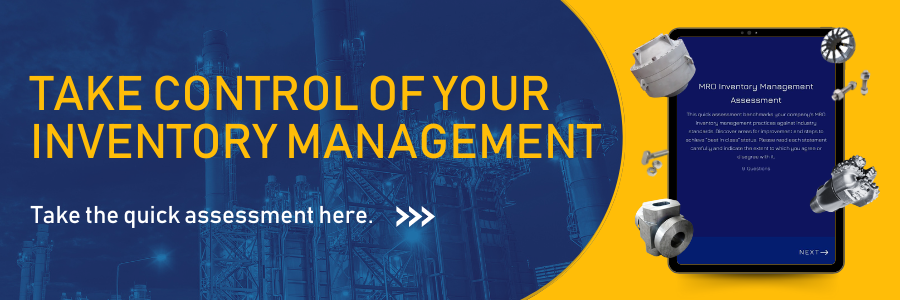Managing MRO Inventory: A Different Approach to Inventory Management
Maintenance, Repair, and Operations (MRO) inventory is a critical component of any business that utilizes machinery or equipment.
Unlike other inventory types, MRO inventory must be managed differently due to its unique characteristics. In this article, we will explore how MRO inventory is different and why it requires a unique approach to inventory management.
DISPROPORTIONATELY HIGH STOCK OUTS
One of the most significant differences between MRO inventory and other inventory types is the cost of a stockout. In retail, the cost of a stockout is only the cost of a lost sale. However, in MRO, a stockout can cost hundreds of thousands of dollars per day. Despite this, many companies do not record stockouts or measure the impact of a stockout on their operations. This makes it difficult to identify inventory or supply settings that need to be adjusted to prevent stockouts in the future. As a result, it is critical to measure stockouts as a key performance indicator (KPI) to identify corrective measures and prevent stockouts from occurring in the future.
LOW STOCK TURNS MAY BE ACCEPTABLE
High stock turns are typically the goal for most inventory types, but with MRO inventory, low stock turns may be acceptable in some cases. For example, insurance spares may not be used for years, but they are essential to have in stock in case of an emergency. Therefore, it is critical to understand which items have a low demand and require a unique inventory management approach to prevent overstocking and tying up valuable capital.
LARGE VARIATION OF VALUE ACROSS SKU’S
The value of MRO inventory can vary widely across SKUs. It is essential to place special focus on critical items that impact safety or revenue streams. By doing so, businesses can ensure that they have the inventory they need to keep operations running smoothly without overstocking low-value items.
LARGE NUMBER OF SKUS
The number of SKUs for MRO inventory is vast, which adds complexity to the inventory management process. Businesses must have a clear understanding of each SKU’s demand profile and supply characteristics to optimize inventory levels effectively.
UNIQUE SUPPLY CHARACTERISTICS
MRO inventory may have unique supply characteristics that must be considered during inventory management. For example, some items may have long lead times or be difficult to source, making it critical to maintain a sufficient inventory level.
In conclusion, MRO inventory is unique and requires a different approach to inventory management than other inventory types. By understanding the specific characteristics of MRO inventory, businesses can optimize inventory levels, prevent stockouts, and ensure that they have the right inventory on hand when they need it. Effective MRO inventory management is critical to minimizing downtime, maintaining equipment, and keeping operations running smoothly.
Inventory Management
Asset Management
Master Data Management
Distribution Management
Project
Management




